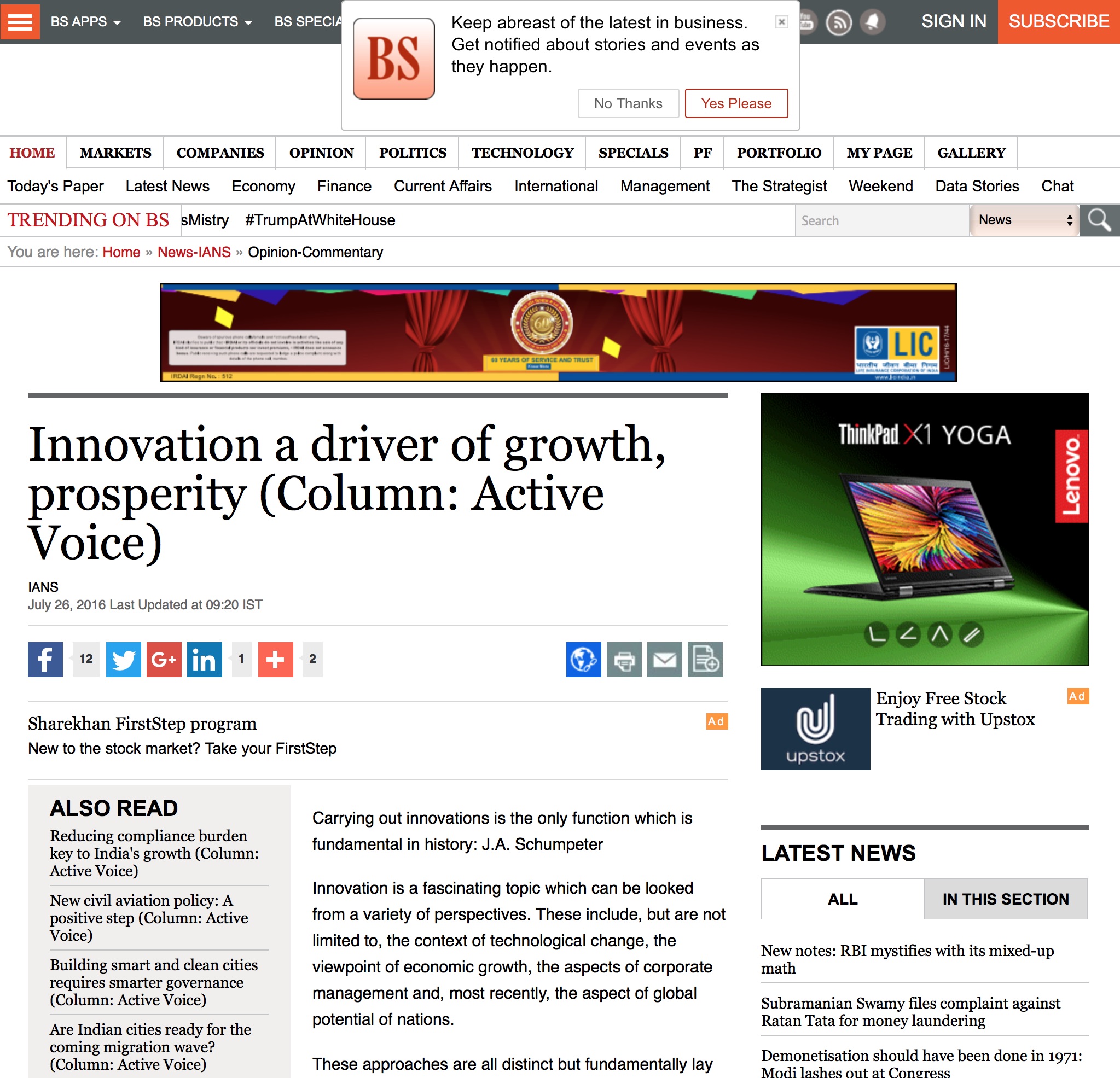Mumbai, Chennai and Hyderabad have emerged as the top three liveable cities in India.
Mumbai jumped two places and grabbed the numero uno position on the Liveability index 2013 analyzed by the Institute for Competitiveness, India. Chennai and Hyderabad slipped one position each respectively from their last year’s rankings. New Delhi is back in the top 10 list of most liveable cities in the country and occupies the fifth position.
The fourth issue of Liveability index has unveiled the list of 50 livable Indian cities studied by the Institute for Competitiveness every year.
The liveability index is based on a framework, which is an evolved adaptation of the world-renowned diamond model of Michael E Porter, a Bishop William Lawrence Professor atHarvard University.
The model is based on eight core pillars that are demographic, education, health and medical standards, safety, housing option, socio-cultural-natural environment, economic environment, and planned environment.
These pillars are further divided into 20 constituent sub-pillars. These sub-pillars have a set of well-defined indicators that are extracted from numerous reliable and credible data sources. The index strives to maintain the highest level of data integrity and via methodological calculations integrates the different categories into a composite index.
The index studies the urban as well as rural factors that define the living potential of cities across the country. It portrays the true reflection of Indian cities in terms of their living conditions.
The Liveability index is very different from the concept of ‘quality of life’. According to liveability index, a city is livable when it directly offers favorable living environment to its citizenry and indirectly benefits as well as attracts the visitors.
Here, the favorable environment includes various measurable factors such as, strong infrastructure setup, presence of quality education and health institutions, safety of its citizenry, planned environment, proficient governance, job o etc.
The index to a great extent provides the answer to questions such as ‘can I live here happily with my family’? ‘Does the city provide appropriate business opportunities’? In other words, quality of life is merely a subset of liveability. Liveability is a broader term which largely captures the complete essence of living environment required by an individual.
The bottom five cities on the liveability index 2013 are Agra, Raipur, Asansol, Kanpur and Patna. Clearly, signifying that they are the least liveable cities among the selected 50 Indian cities and need to take timely action in order to become prosperous in the future.
The index presents a powerful model that comprehensively maps a city’s liveability from various perspectives and presents the real picture of individual city.
The report on liveability index 2013 will be available on the shelf from January 25, 2014.
The Liveability Index is an annual study of key factors that determine the degree of liveability of cities in India.
It identifies the areas where progress is being made and brings forth the areas where we need to be vigilant and allocate resources to achieve balanced development. The mission of the index is to measure significant drivers of the health and wealth of the community beyond just the monetary value.
The Liveability Report 2013 was covered by Business Standard on January 2, 2014.
























